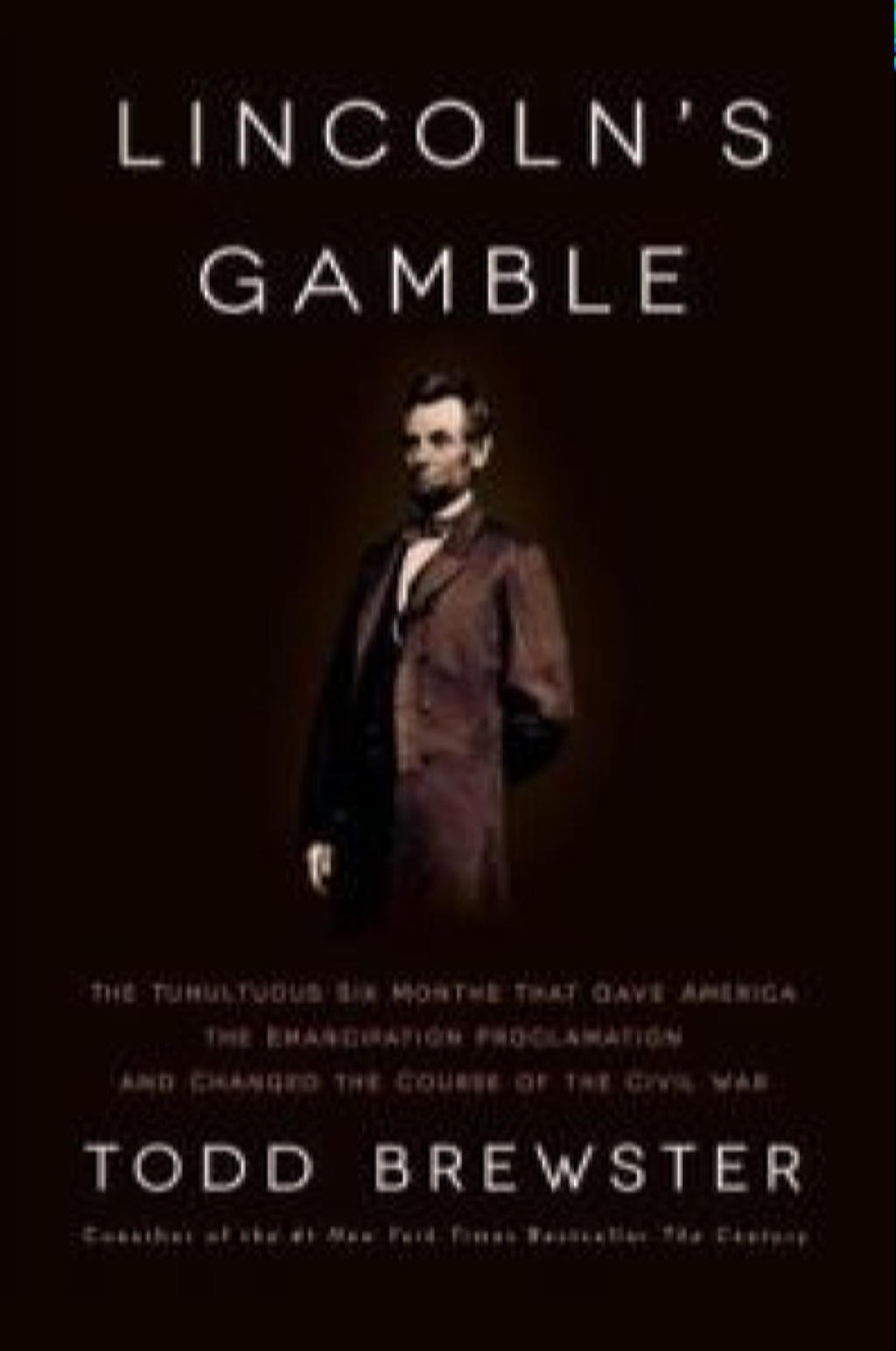 Juneteenth, the Celebration of Freedom
Juneteenth, the Celebration of Freedom
By John Pecoraro, Assistant Director
On June 19, 1865, Union Major General Gordon Granger landed at Galveston, Texas with the news that the war was over. One of Granger’s first orders of business was to proclaim General Order Number 3, which began: “The people of Texas are informed that in accordance with a Proclamation from the Executive of the United States, all slaves are free.”
Lincoln’s Emancipation Proclamation had become official on January 1, 1863. On that date, the Executive Order stated that “all persons held as slaves within any State or designated part of a State, the people whereof shall then be in rebellion against the United States, shall be then, thenceforward, and forever free.” The news only reached Texas two and half years later.
Before their official emancipation, tens of thousands of slaves made their bids for freedom by travelling north on the Underground Railroad. From the late 1700s to 1850, an estimated 100,000 slaves escaped bondage. The height of activity on the railroad began in 1850 with the compromise of that year and the passing of more stringent fugitive slave laws.
In “Beyond the River: the Untold Story of the Heroes of the Underground Railroad,” author Ann Hagedorn details the role Ripley, Ohio played in the Underground Railroad. At the center of her story is Protestant minister John Rankin. Rankin helped organize the town as a stop on the railroad. This historical narrative reads like an adventure story, recounting the tribulations of abolitionists and slaves running towards freedom.
Using both archival and contemporary sources, Fergus M. Bordewich reveals the complicated and remarkable story of the Underground Railroad in “Bound for Canaan: the Underground Railroad and the War for the Soul of America.” As a secret network, the railroad integrated people across races. While supported by political theories, it was carried out by people of fervent religious beliefs. Bordewich tells the stories of individuals like David Ruggles, inventor of the black underground in New York City, Quakers Isaac Hooper and Levi Coffin, and Harriet Tubman.
Colson Whitehead’s “The Underground Railroad” won the National Book Award for Fiction in 2016. In Whitehead’s ingenious conception, the Underground Railroad is no mere metaphor. This railroad is operated by conductors and engineers driving real trains on a secret network of tracks and tunnels beneath the Southern soil.
The six months between July 12, 1862, when he first spoke of his intention to free the slaves, and January 1, 1863, when he signed the Emancipation Proclamation, were the most tumultuous six months of Lincoln’s presidency. “Lincoln’s Gamble,” by Todd Brewster portrays Abraham Lincoln’s unshakable determination to save the nation. Mindful of battlefield and political realities, Lincoln first read a draft of the proclamation to his cabinet. He then waited for the right moment, after the bloody battle of Antietam, to make it public.
“Emancipating Lincoln: The Proclamation in Text, Context, and Memory,” by Harold Holzer outlines Lincoln’s approach to drafting the document and creating a climate for its acceptance. For Holzer, the 1700 words of the proclamation are Lincoln’s most important piece of writing. It was responsible both for his legacy as the Great Emancipator and for his being attacked by those who believe his efforts at emancipation didn’t go far enough.
In “Lincoln’s Hundred Days: the Emancipation Proclamation and the War for the Union,” Louis P. Masur examines the hundred days from Lincoln’s public issuing of the proclamation on September 22, 1862 to the signing of the final decree on January 1, 1863. Masur counters the critics asserting that the Emancipation Proclamation didn’t really free anyone because it only applied to rebel-controlled areas. Masur makes the case that, if the proclamation didn’t immediately free all slaves, it did ultimately guarantee the end of slavery.
The mission of The Manhattan Juneteenth Community Council is to unite the community to remember a moment in history. Juneteenth in Manhattan will be celebrated on Saturday, June 17. Events for all ages are on the schedule. For more information, visit http://www.manhattanjuneteenth.org.

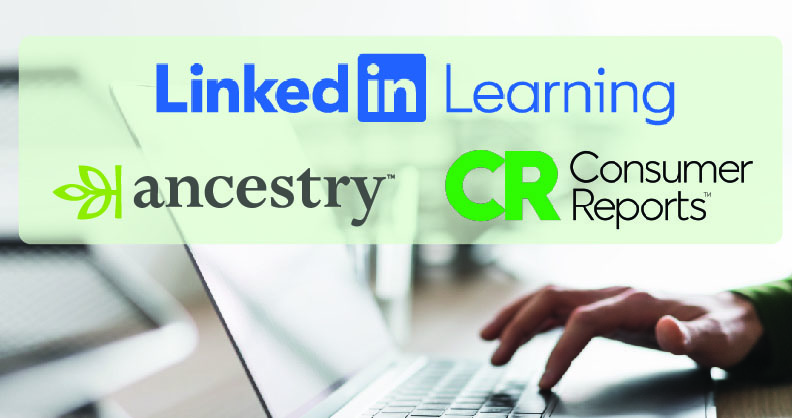
 Dipping Your Toe into Sci-Fi/Fantasy
Dipping Your Toe into Sci-Fi/Fantasy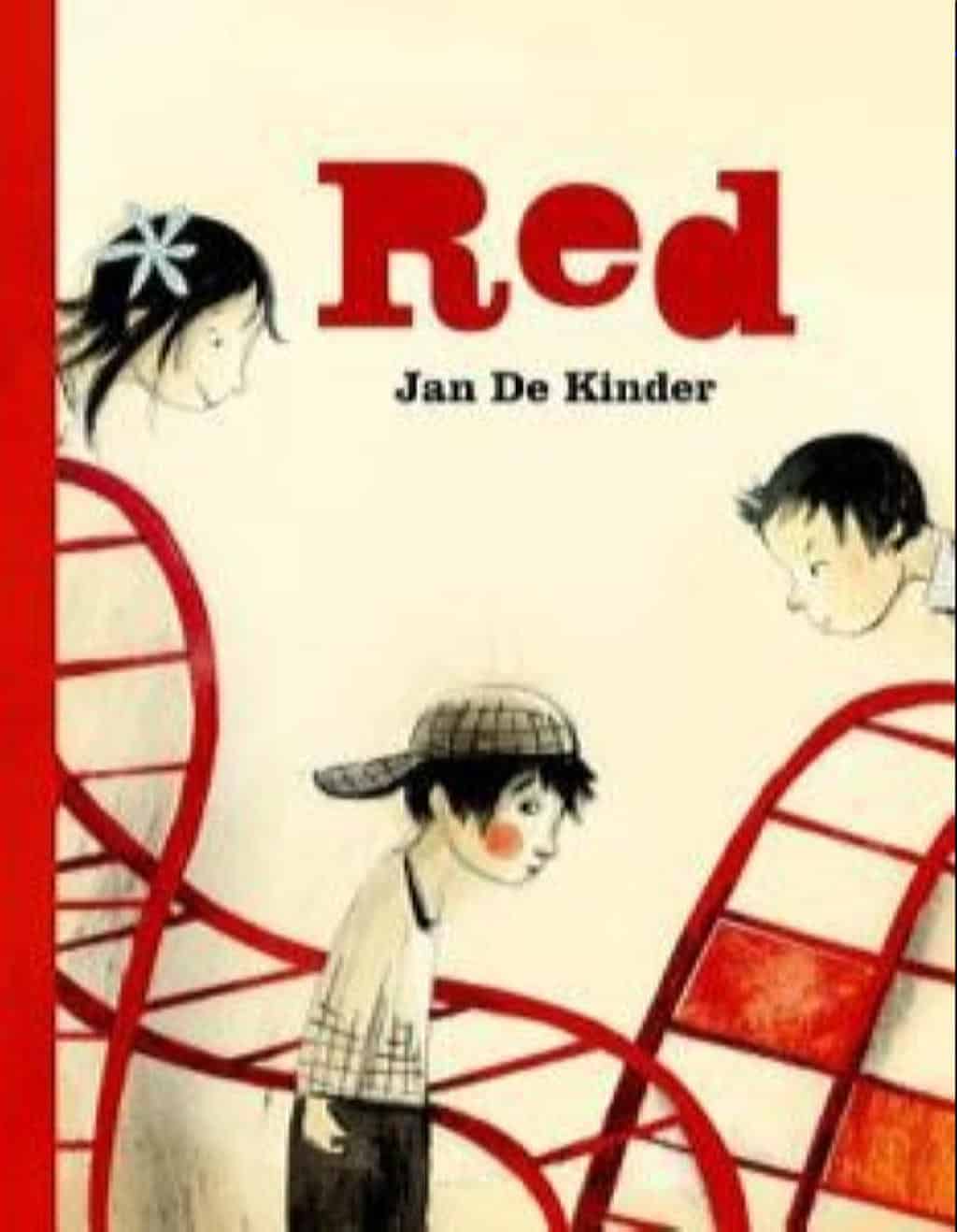 The World in Translation
The World in Translation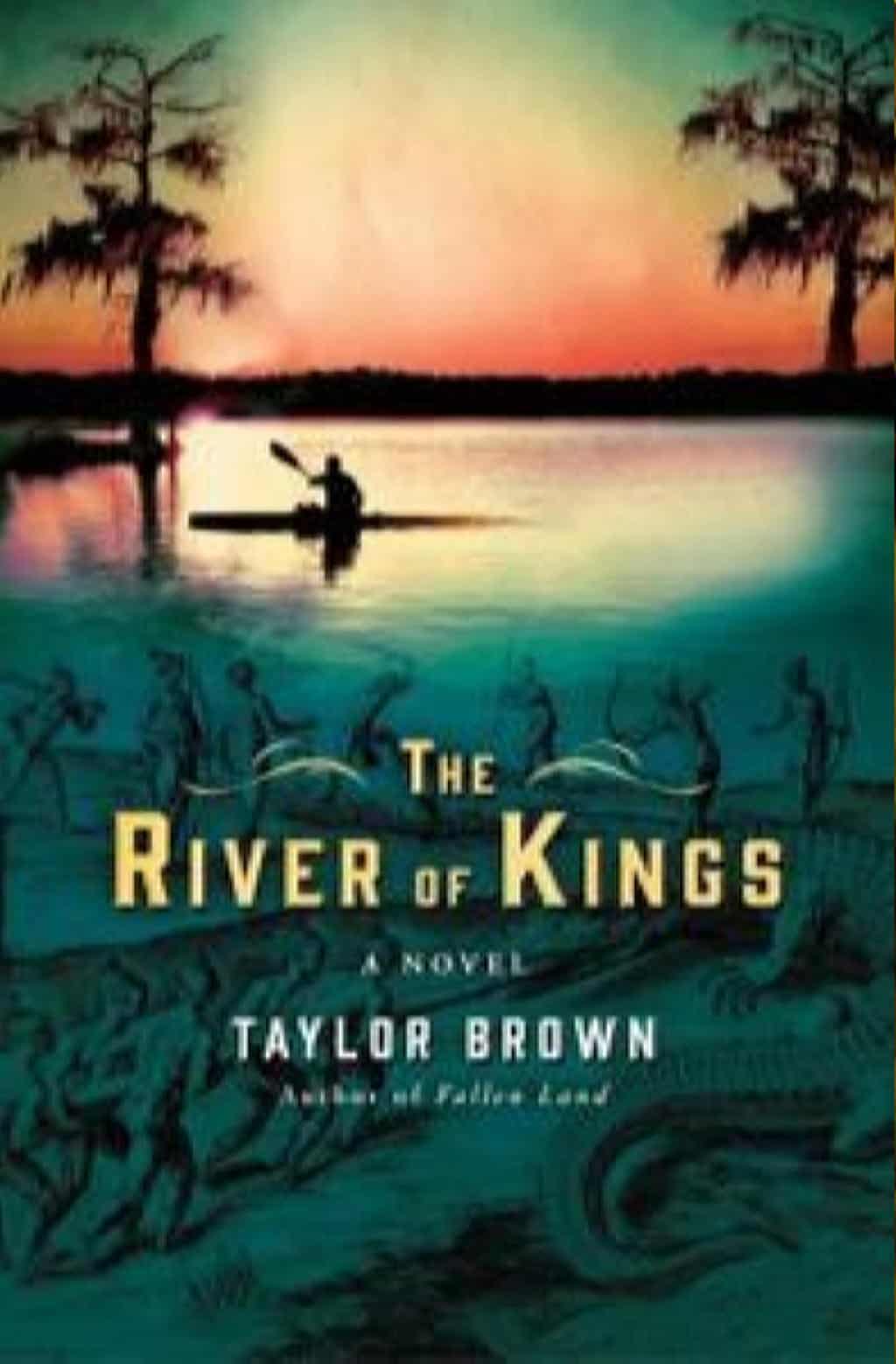 Summer Reading for Adults
Summer Reading for Adults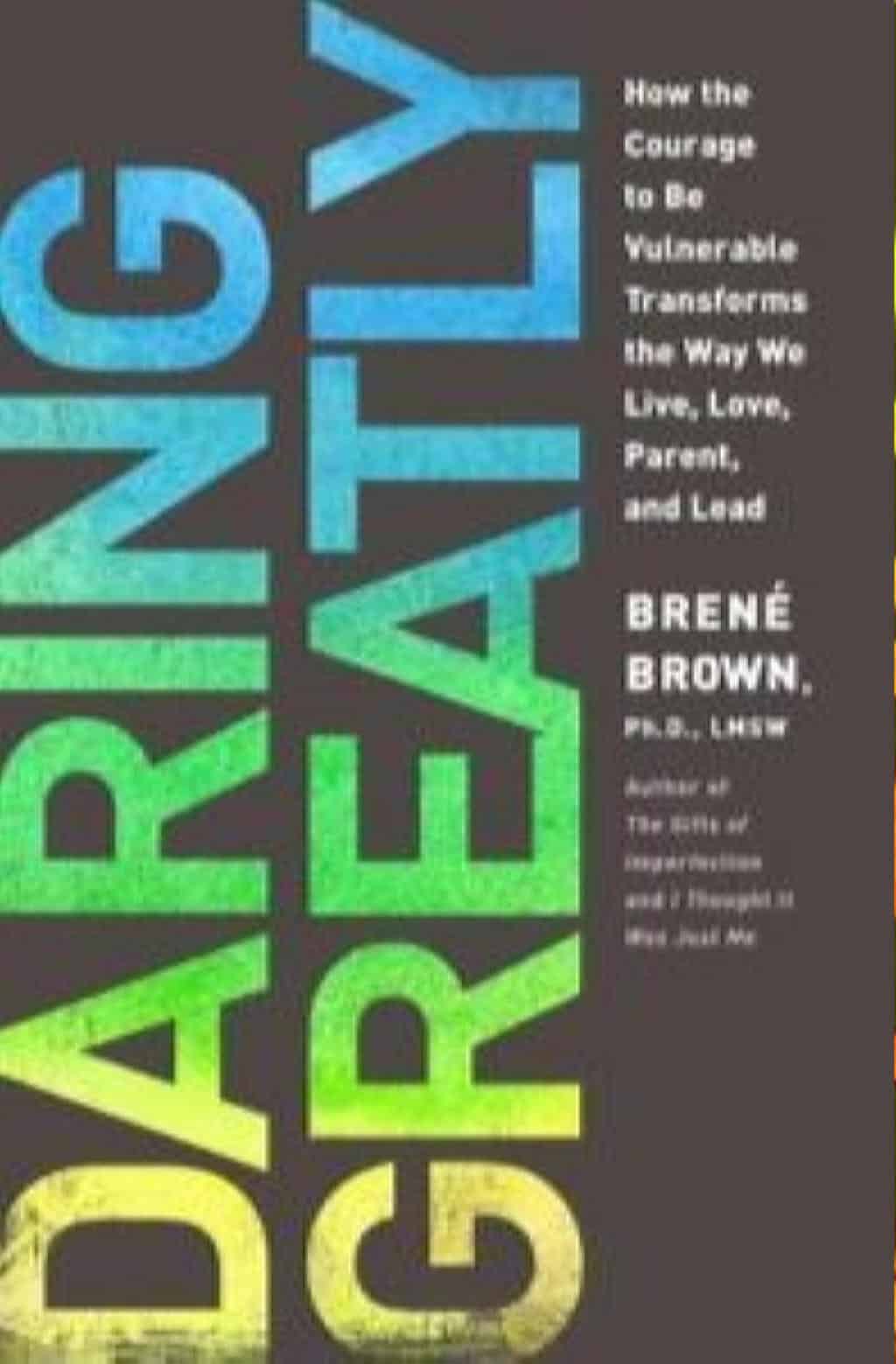 Graduating to the Next Level
Graduating to the Next Level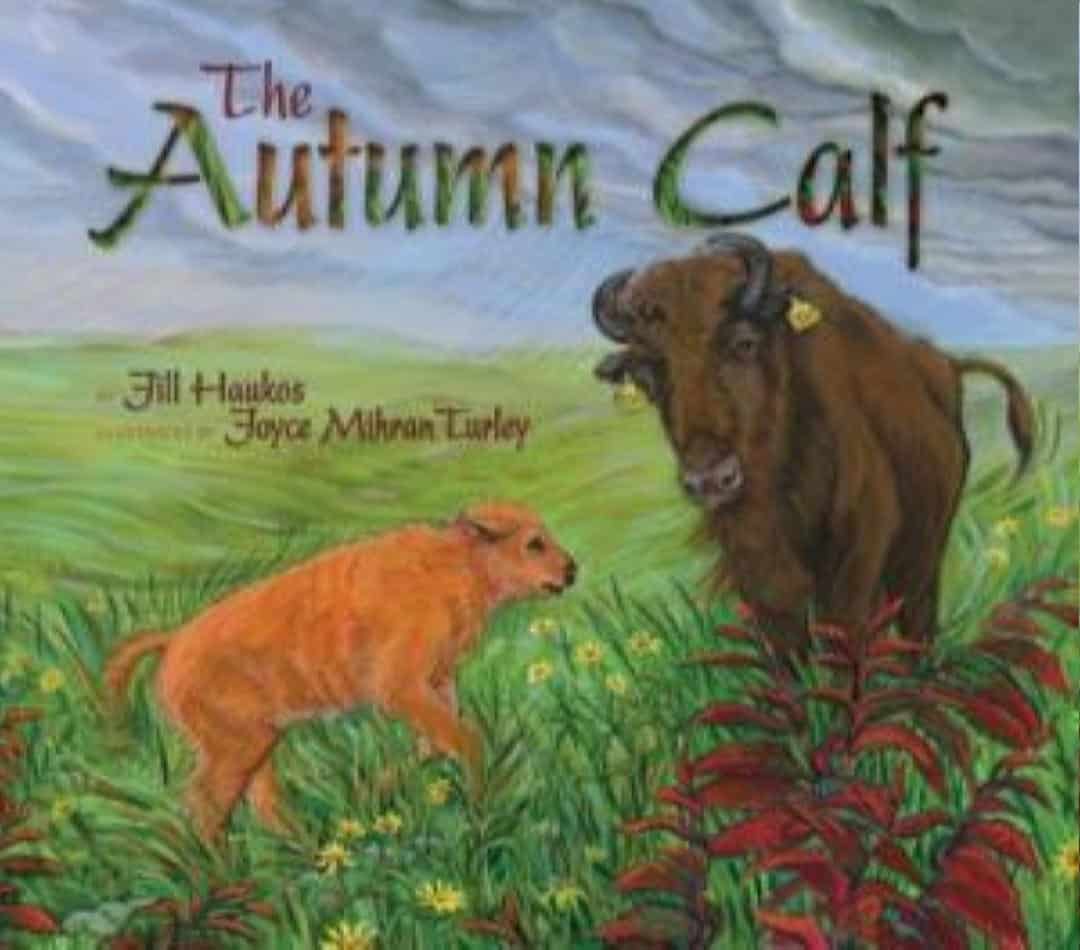 Time for a Hike
Time for a Hike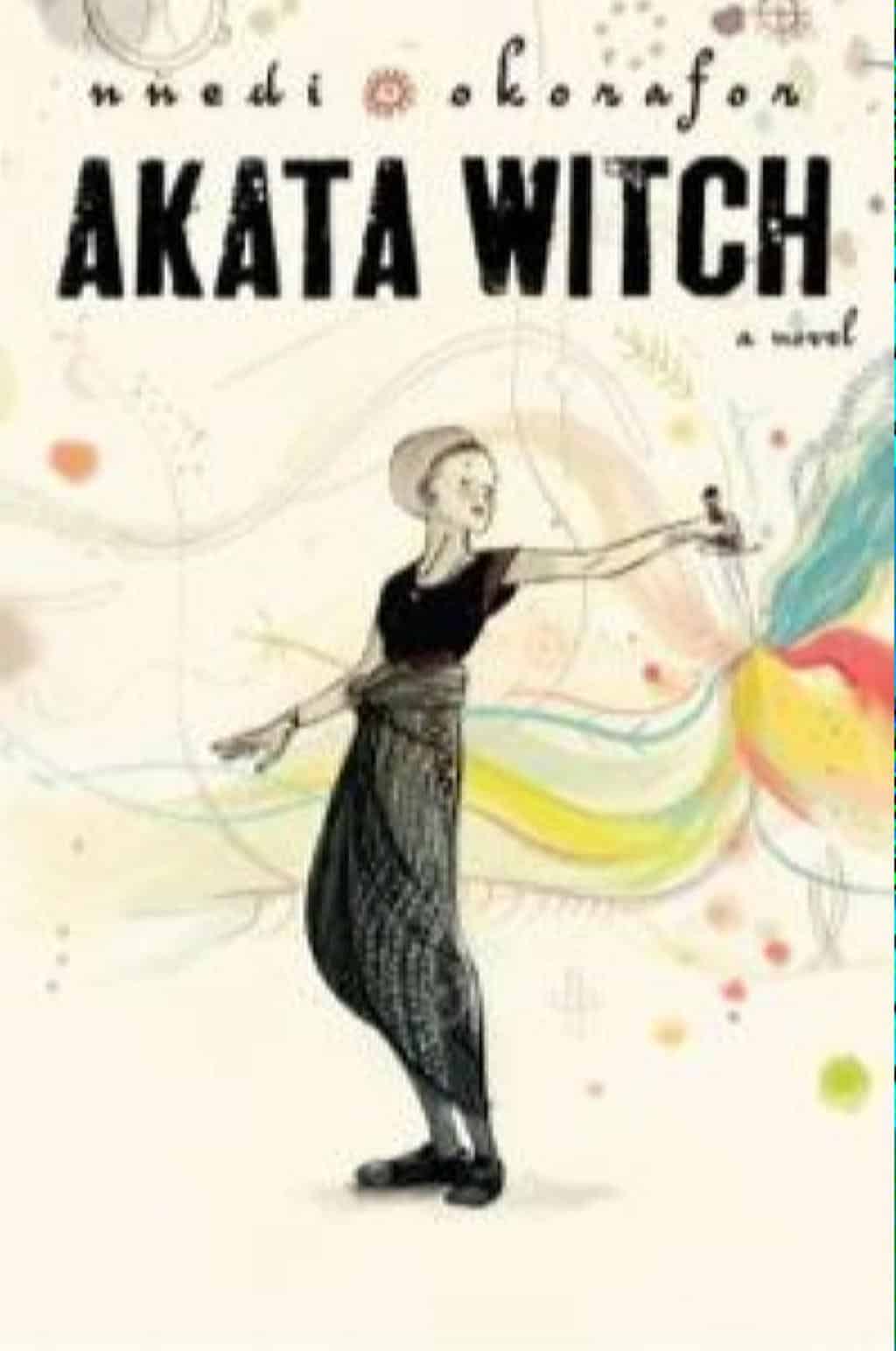 Folklore Beyond Grimm & Mythology Beyond the Greeks
Folklore Beyond Grimm & Mythology Beyond the Greeks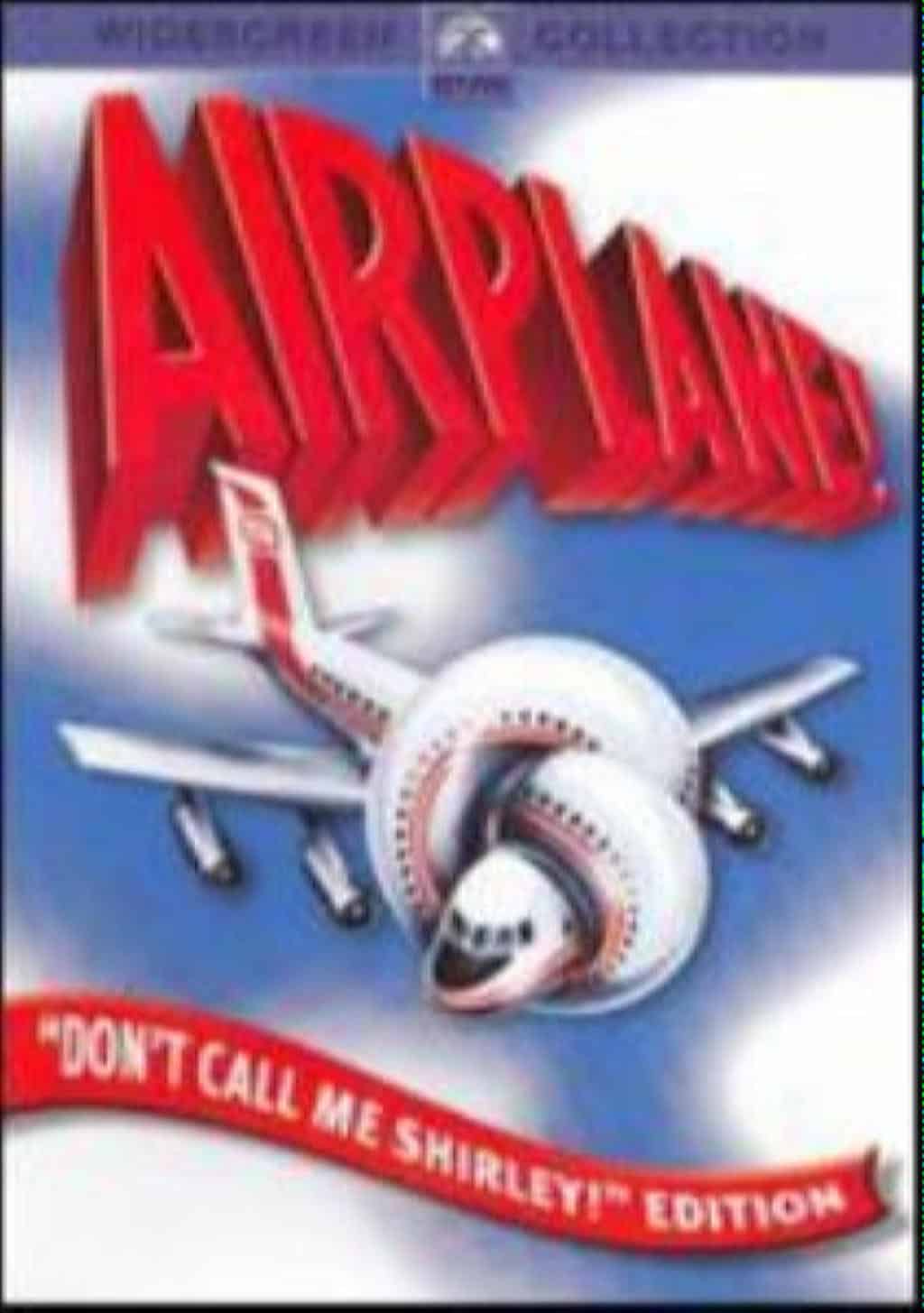 Laugh a Little, at the Library
Laugh a Little, at the Library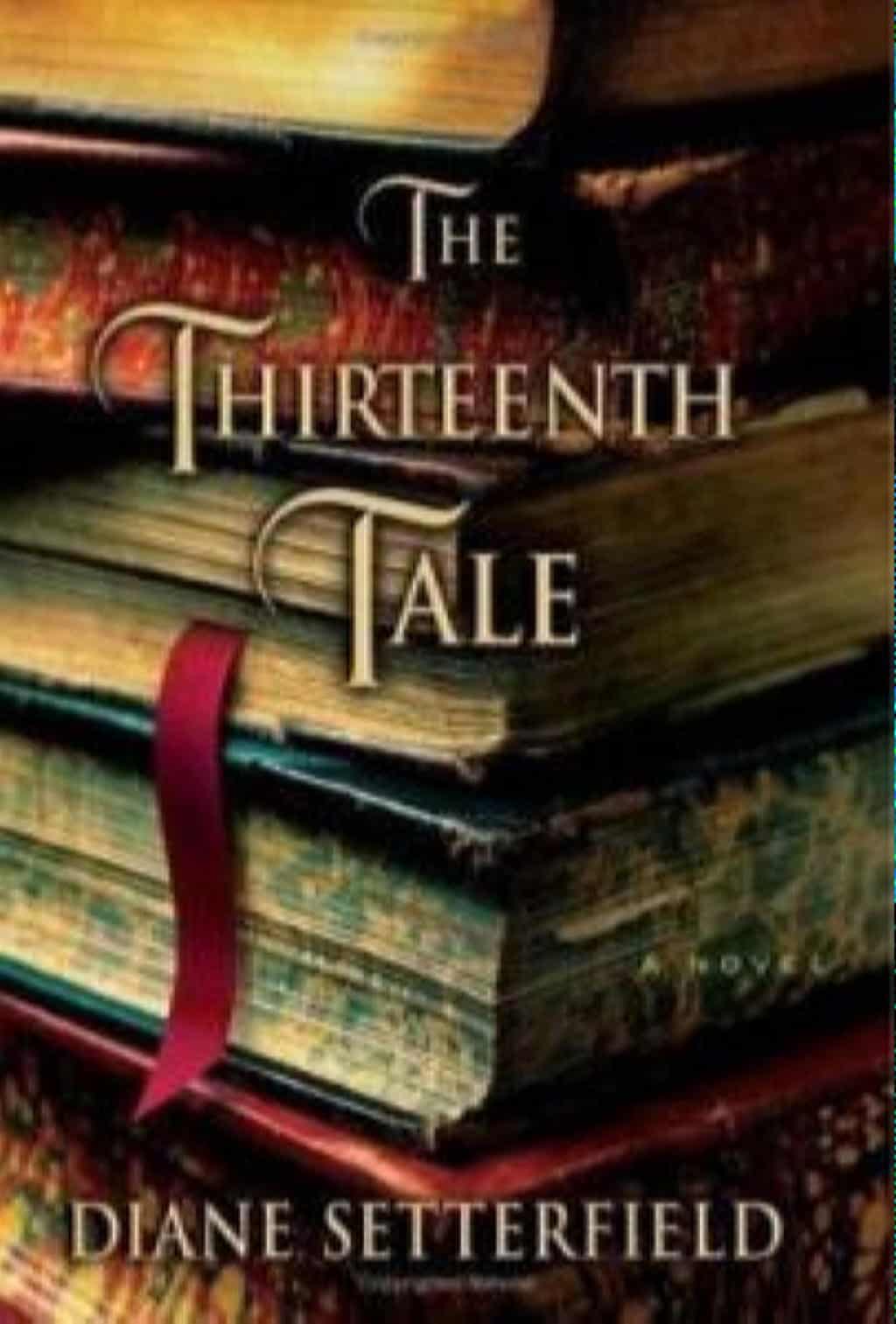 Books That Sarah Made Me Read
Books That Sarah Made Me Read